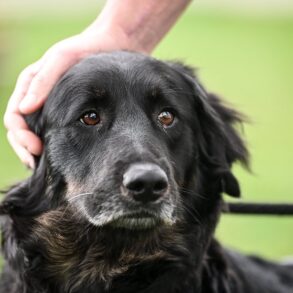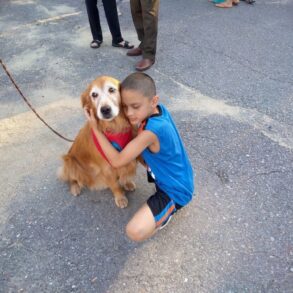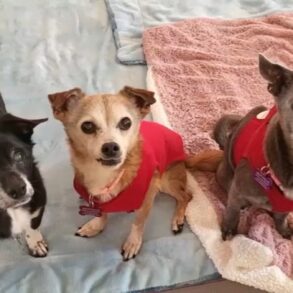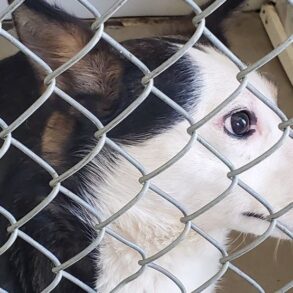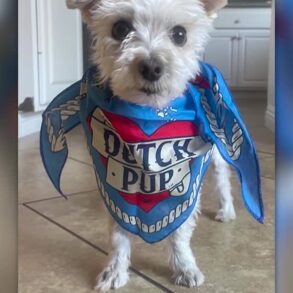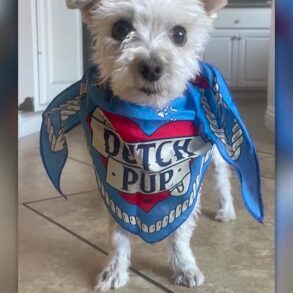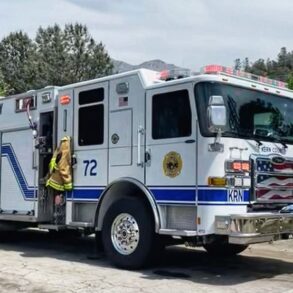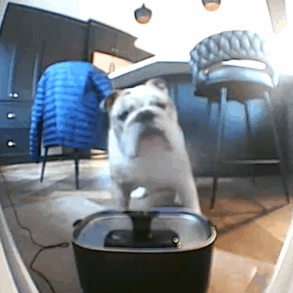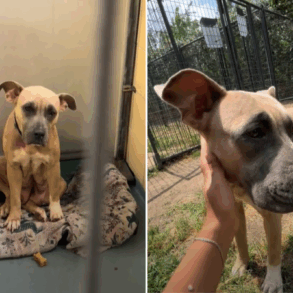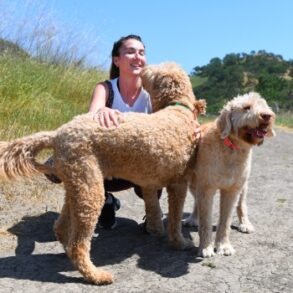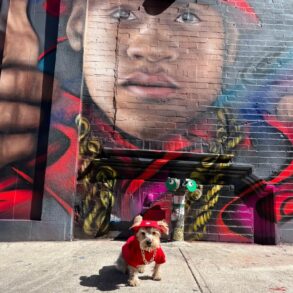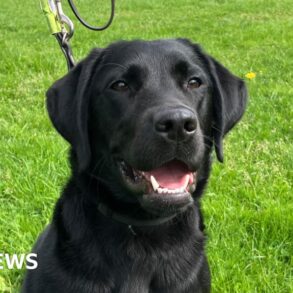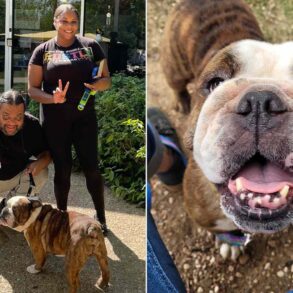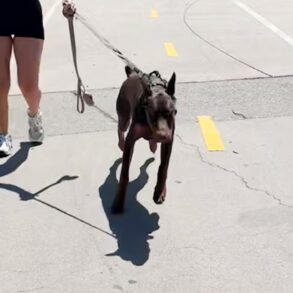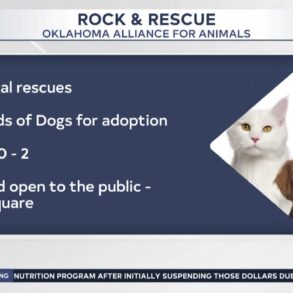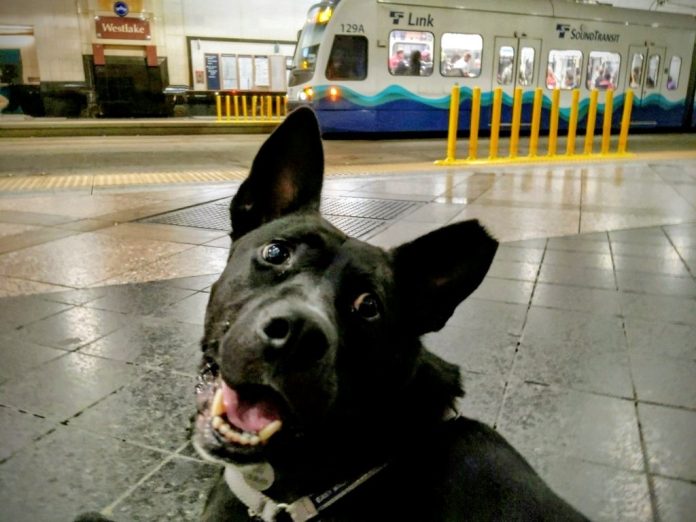
If you want to around on public transit with your very good boy or girl in the Seattle region, you’re faced with a matrix of competing rules across different transit agencies when it comes to whether pets are allowed on board. On Community Transit buses in Snohomish County, dogs and cats must be in a crate, or have both a leash and a muzzle, and can’t occupy a bus seat. On Kitsap and Pierce Transit, dogs aren’t allowed outside of a carrier at all. On King County Metro buses, dogs aren’t required to be in a carrier or even have a leash or muzzle…but are required to pay a fare, at least on paper.
As the Sound Transit light rail network continues to expand, these policies that exist on paper are set to clash with reality and the way people actually use the transit system. On top of the fact that the rules often aren’t clear, many people aren’t aware those policies change when people transfer between, say, a King County Metro bus and a Sound Transit light rail train. Current Sound Transit policy requires that dogs and cats (other than service animals) must be transported in a “small container,” a rule that isn’t widely followed.
With the forthcoming grand opening of the Downtown Redmond Link Extension on May 10, King County Councilmember Claudia Balducci is pushing Sound Transit to take a look at its on-board pet policy. That day, the 2 Line will grow to include Marymoor Village station, a short walk from Marymoor Park — King County’s largest park and home to its largest dog park.
“We started doing some research and looking at what the policies were around dogs on trains, and found that, I think at a minimum, you could say that our policy doesn’t track with current usage, nor with our peer agencies,” Balducci told the Sound Transit board’s rider experience and operations committee this week. “I’ve seen lots of dogs on our system, and I’ve never seen any of them in a container. Also, it’s just not going to work for this connection that we’re making to this amazing dog park.”
Sound Transit’s pet policy isn’t set by its board of directors, but instead is among a set of passenger behavior standards that are determined by the agency’s CEO in conjunction with staff. But a discussion about a potential change at last week’s rider experience and operations committee turned very lively, with board members asking a number of probing questions and sharing their opinions about whether the policy should change.
“As the system expands […] there’s an opportunity to review how our current policy reads, especially important to anyone who does not have access to a car and would need to use transit to access all of our new amenities that are connecting to light rail, and some of those amenities would be dog parks,” Brian de Place, Sound Transit’s Director of Service and System Planning, told the committee.
“There’s also an opportunity to improve regional consistency and clarity for passengers who use various modes of local and regional transit, and there may be an opportunity to focus on behavior, instead of being prescriptive about leashes and carriers, et cetera,” de Place continued.
Issues flagged by board members focused on impacts to Sound Transit’s operations, increased liability for the agency, and simply the amount of bandwidth that spending time considering a policy change would occupy within the agency at a critical time, ahead of the launch of three light rail openings over the next two years.
“It does feel like even the short list of questions that we offered here are turning this into a much bigger deal than maybe we want or intended,” Tacoma City Councilmember and committee chair Kristina Walker said. “But certainly it needs some cleanup from the current policy, and I don’t know how we get to the answer on that.”
For Balducci at least, leaving the policy as it stands today doesn’t seem to be be an option.
“I want to just re-emphasize that we do have a policy now, and it is in fact not being enforced,” Balducci said. “So I think the best, and if there was one simple thing I would highly recommend, it’s that our policy should be consistent with what we actually expect people to do.”
As an administrative rule, it will be up to CEO Dow Constantine to ultimately move any changes forward.
“My approach to this […] would be to work with the board members who are interested — a sort of coalition of the willing — and to work with staff within the agency to gather the experience from our sister agencies, and, yes, I think, to do some outreach to our community pet owners and other riders, to see how people feel about this and what they think might be the best approach, and then really to kind of run the trap lines with board members here who’ve been involved in this conversation before we administratively adopt a new set of rules,” Constantine said Thursday.
While there are definitely bigger issues Sound Transit has on its plate, a pet policy that actually makes sense for riders is one element of an intuitive and multipurpose transit system that truly opens up the region’s destinations for more people…including those heading to dog parks and pride parade dog walks. Ideally, the agency can come up with a solution that works well for most people.
Article Author
Ryan Packer has been writing for The Urbanist since 2015, and currently reports full-time as Contributing Editor. Their beats are transportation, land use, public space, traffic safety, and obscure community meetings. Packer has also reported for other regional outlets including Capitol Hill Seattle, BikePortland, Seattle Met, and PubliCola. They live in the Capitol Hill neighborhood of Seattle.
This post was originally published on this site be sure to check out more of their content.


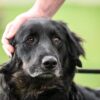

 Photo by Hannah Sabio-Howell
Photo by Hannah Sabio-Howell
